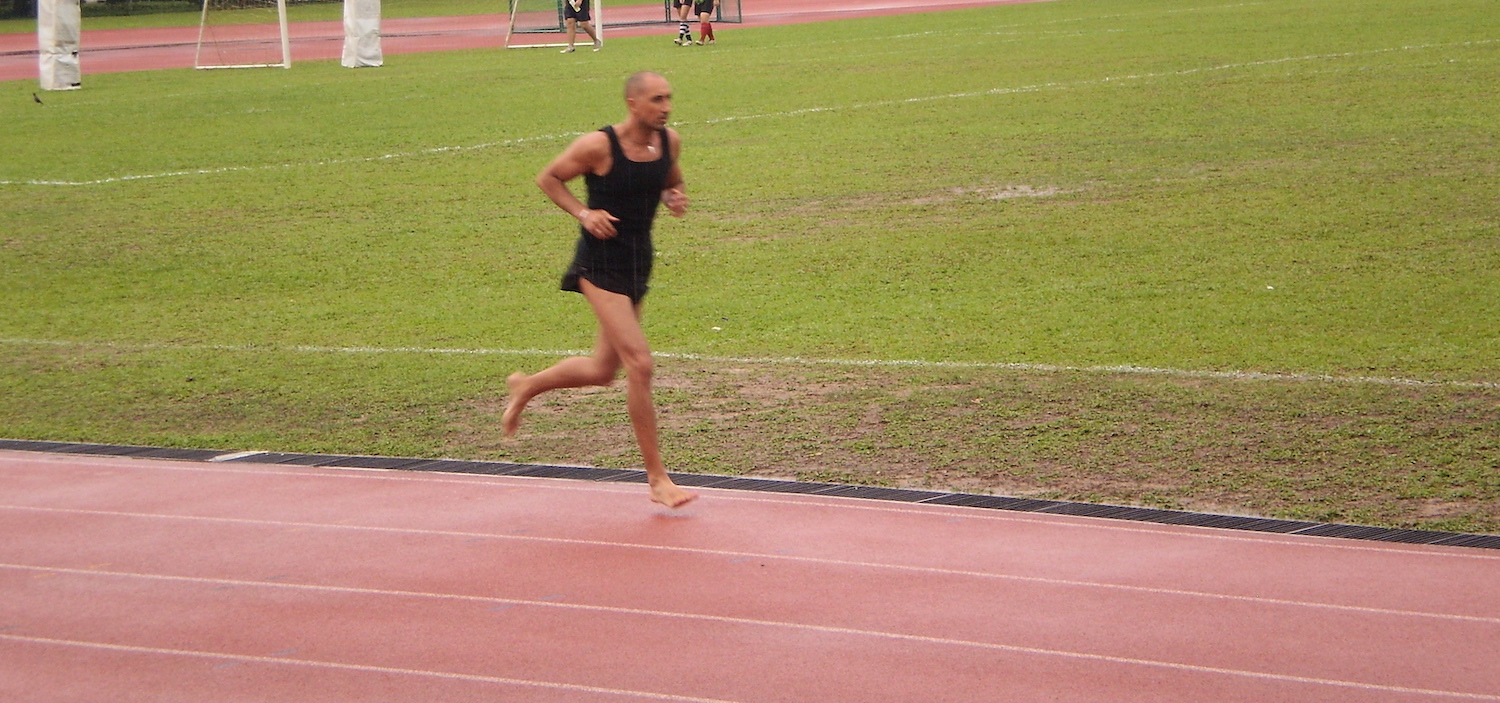Why you train the way you train when you train
I sometimes enjoy watching cartoons. One of my favorite ones is Wall-E. In this Disney/Pixar production, in a not-so-distant future, human beings live in space and spend their time seated on floating chairs that take care of most of their daily movements and locomotion. The day they are finally able to come back on Earth, that had become a gigantic junkyard, they discover that they can barely walk without falling. They had lost their movement literacy and their strength, teaching them that regular exercise in space would have saved them from injury and clumsiness.
Training camps and gymnasiums are not new. They have been set up to train soldiers since the Antiquity, even if they were simply an accumulation of very basic obstacles and equipment in a single convenient place. Training was most often to improve one’s fighting abilities, and warriors of the past displayed some astonishing features of strength and courage. Lifting stones and logs, running up hills, or simulating fights on sandy beaches. Greek athletes participated in a large array of activities, ranging from Pankration fighting to javelin and discus throws, from various distance runs to long jumps. Since Scipio, Roman legionnaires were trained not only by walking hundreds of miles and eating lentils, but also in fighting, moving in full armor, rowing, building towers or digging under fortified enemy camps.
What about you? Even if you are not necessarily a modern day warrior, improving your strength, endurance, flexibility, explosive power and other physical qualities, cannot be a bad idea. More importantly, if you are prone to sprains and injuries, maybe your training should incorporate the movements you are afraid to do. If, when you’re training, you get as bored as a service dog in a public library, then adding variety to your training regimen is the solution to your problem. Don’t just train one or two skills you like and are good at; explore as many skills as possible. Use kettlebells, barbells, dumbbells, sandbags, sliders, bands, agility ladders, Indian clubs and maces. Explore a wide variety of movements, like sprinting, balancing, jumping or throwing and catching. And don’t forget that you can use your bodyweight as the ultimate tool to move better.
Try other training regimens, the ones that push you out of your comfort zone and force you to adapt to new movements and challenging skills. They not only help you become more prepared and healthier for life in general, but they also develop the body that goes with it. No sagittal imbalance, like a tennis player who only uses one arm. No transversal imbalance, like the weekend bodybuilder who always skips his legs day and ends up looking like a chicken on two chopsticks. No coronal imbalance, like the rock climber who only uses their upper body muscles to pull but never push. In your training and in life, be a generalist. As Robert Heinlein said in Time Enough For Love: “Specialization is for insects”. Extreme specialization has rarely been a successful strategy over the centuries of physical training. A balanced human being may have some specific strong points but they should never have any specific weak points. That’s where varied training makes even more sense. By training different skills you should succeed, not only in dealing with the general actives you might be involved in, but in building the foundation for all the necessary skillsets needed to acquire unknown skills when encountering a totally new situation or starting a new sport.
In other words, by training to be a “physical polymath”, a “Jack of all trades, master of none”, you become more resilient and adaptable.

